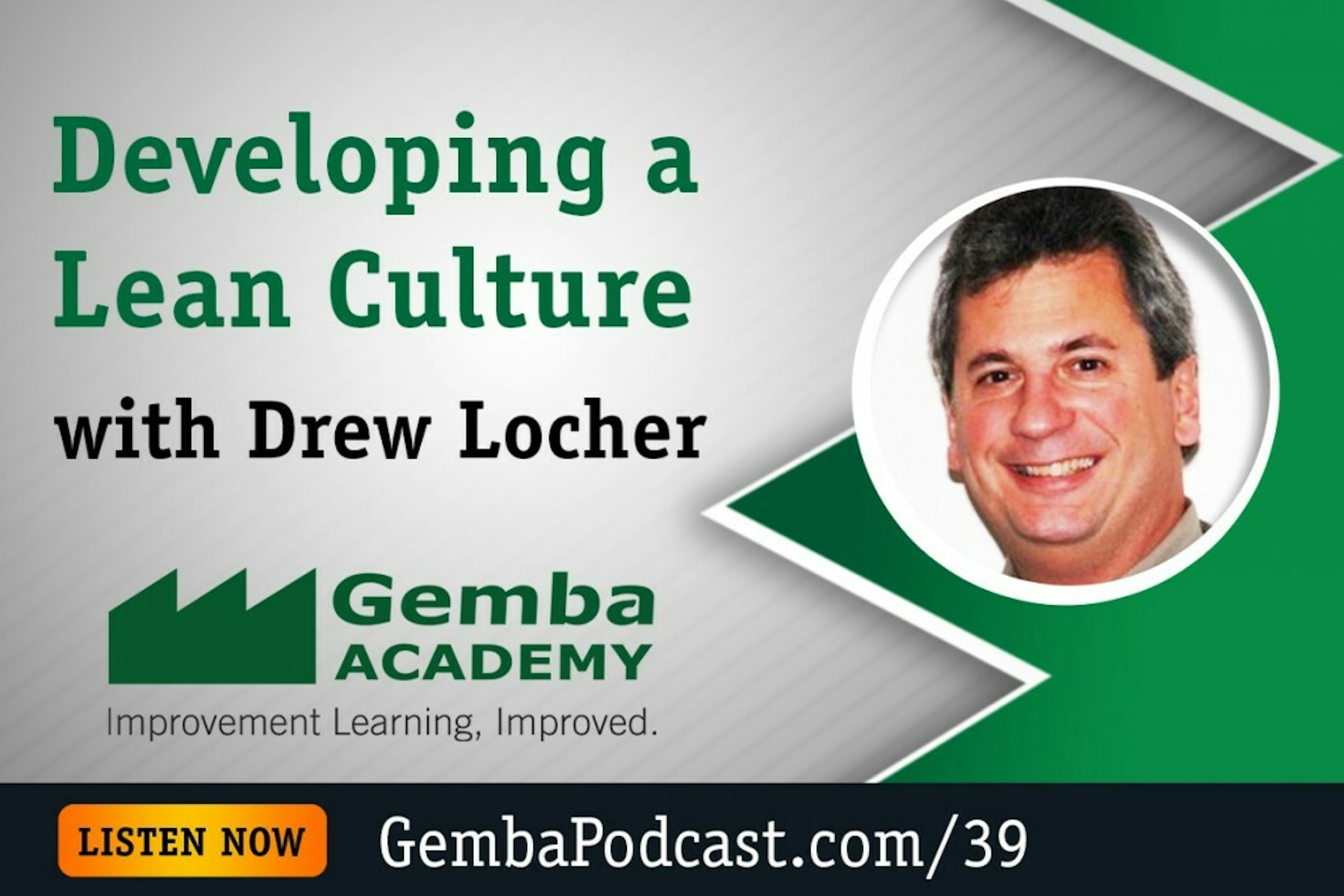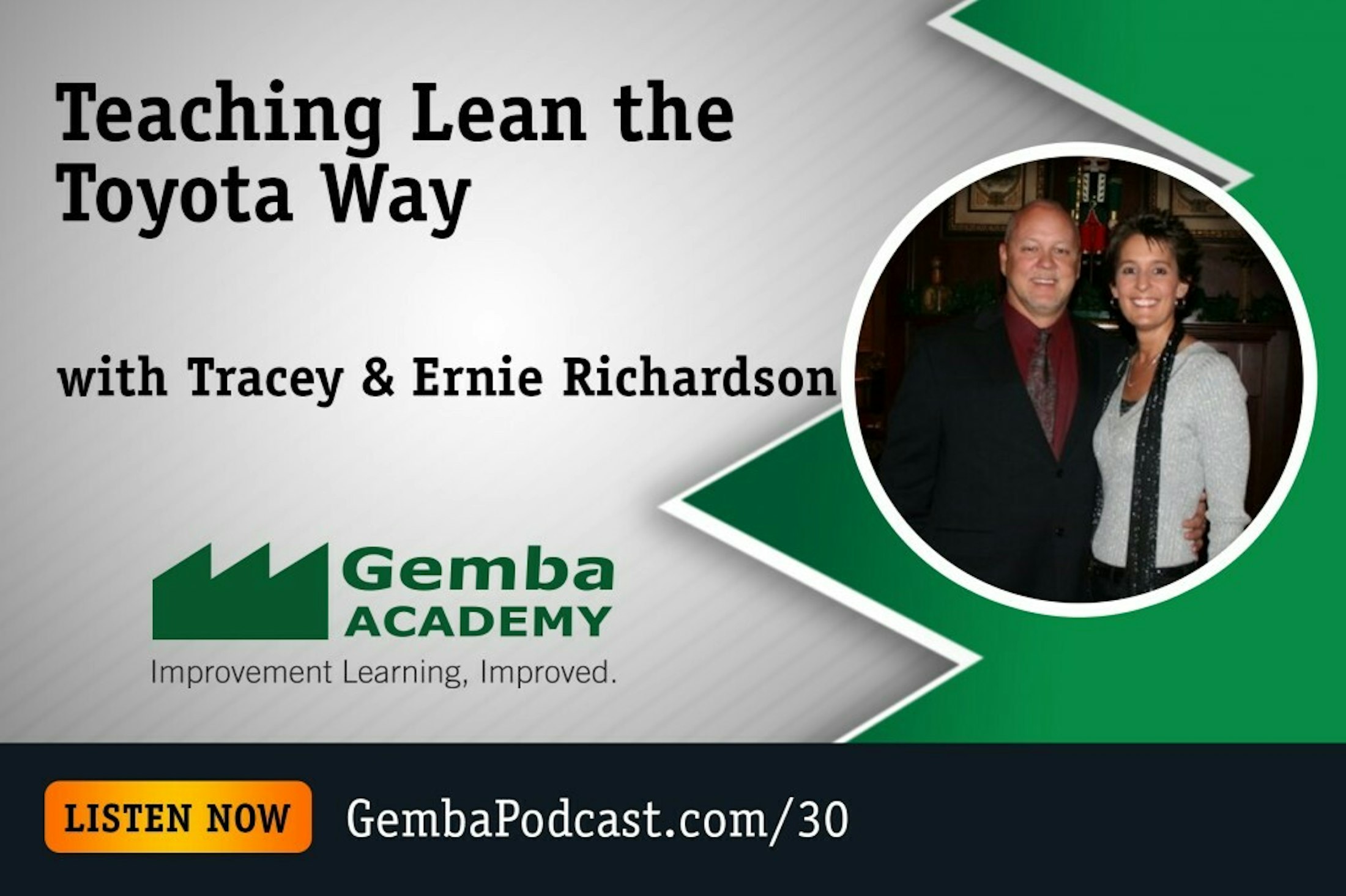Value Stream Mapping
Value stream mapping, or VSM, is a Lean management tool with the potential to tear down departmental silos, reduce waste, and exceed customer demands. It’s designed to keep organizations focused on delivering the most value to consumers in the least amount of time, while also maintaining a consistent quality standard. Below, we explain the value stream mapping process and how it aims to eliminate waste at every level.
What Is a Value Stream?
A value stream is defined as the complete set of steps a customer is willing to pay for in order for a product or service to move from origin to the point of delivery. Steps include both value-added (VA) and non-value-added (NVA) activities, which allow businesses to identify and explain how the end-user derives value from solutions.
When you look at any process, there’s usually a large amount of “muda,” the Japanese word for waste, as it relates to the overall lead time for delivering a product. While many organizations aim to speed up the time it takes to get to value-added activities by streamlining activities like machine/operator cycle times, there’s more opportunity to focus on eliminating the waste that occurs before production begins.
What Is Value Stream Mapping?
In Lean, value stream mapping (VSM) is a flowchart method used to document, analyze, and improve the flow of information or materials needed to deliver a product or service to the end consumer.
VSM uses a system of standard symbols to depict various activities and workflows, which are used to map each item as either adding value or not adding value from the customer’s perspective. The goal is to identify and eliminate activities that don’t add value, as well as find new opportunities to offer something valuable.
Value stream mapping is a critical part of the Lean methodology, as it helps eliminate waste areas and keep the organization focused on what matters to the customer (the end result), not what it took to deliver that product/service.
This activity can help you reduce costs by identifying the root cause of waste sources and eliminating the problem. A value stream map serves as a visual tool for improving internal culture, collaboration, and processes, and typically falls into one of three categories:
- Process-level maps track the flow of material or information within a production line.
- Factory-level, or office-level, covers the flow within a factory or office.
- Enterprise-level refers to the flow that happens across several companies.
Value stream mapping makes the overall flow from raw material to delivered product visible to people who might normally handle just one function or process.
Value Stream Mapping Online Video Course
As part of our growing School of Lean library, our Value Stream Mapping courses will guide you from the basics to being certification-ready within a few days.
Through this course you will learn how to make lasting changes as well as how to decide where to start making improvements.
What Are Value Stream Mapping Symbols?
Value stream mapping uses a set of universal symbols to map an organization’s processes, which are divided into four main categories. Keep in mind that while this isn’t a comprehensive list of all the value stream mapping symbols, we’ve included a few examples of what you’ll find in each category.
- Process symbols. Includes icons for suppliers, inventory movement, information flows, and delays.
- Material symbols. Includes icons that represent inventory, shipments, supermarket, and safety stock.
- Information symbols. Includes icons for kanban cards, load-leveling, manual & electronic information, and a “go see” icon that indicates a visual inventory check.
- General symbols. Includes icons for general concepts like ideas, timelines, operators, and quality problems.
How to Practice Value Stream Mapping
The process of creating an actionable and accurate value stream map follows a series of eight steps:
- Identify the strategic need to map the flow at an executive level. This ensures that once a value stream approach is selected, the mapping process is connected to high-level business goals.
- Identify your main product families.
- Map out your current VSM. Here, the goal is to create a visualization of where things are before making any changes.
- Create a map that represents the ideal condition. In other words, what do you hope to achieve? Typically, future state mapping focuses on goals that can be achieved within 2-3 months.
- Create detailed action plans.
- Designate a VSM manager or team to spearhead the effort. This role is critical in coordinating efforts across the entire company, as many organizations have groups operating in disconnected silos.
- Establish a communication plan to discuss lessons learned before, during, and after mapping each area.
- Repeat the previous steps for all other product families.
Finally, it’s important that you treat your VSM as a living document that you’ll continually add to and improve over time.
Learn to map and transform your value streams using Lean management tools and methodologies. Our VSM series introduces the concept, then looks at how you can use it to improve processes, manage your team, and more.
Value Stream Mapping Podcasts
Our free podcasts provide real world insights into Value Stream Mapping.

Exploring Quantum Lean with Sean Fields and Michael Sanders
Sean Fields and Michael Sanders, together with Ron, they discuss the concept of quantum lean and how it can be used to streamline processes.
Listen Now
How to Succeed at Value Stream Mapping with Beau Keyte
Ron and Beau Keyte, an author and performance improvement coach, discuss both editions of The Complete Lean Enterprise, the evolution of Value Stream Mapping, and more.
Listen Now
Developing a Lean Culture with Drew Locher
Guest Drew Locher discusses the books he has written, as well as what it takes to develop a lean culture.
Listen Now
Teaching Lean the Toyota Way with Tracey and Ernie Richardson
Husband and wife duo, Tracey and Ernie Richardson, discuss everything from working for Toyota, to Value Stream Mapping, to the overall challenges of pursuing lean.
Listen NowAdditional Video Content
- Gemba Glossary: Value Stream Mapping
- Gemba Glossary: Value Stream
- Learn How Value Stream Mapping Applies to Any Industry or Process
Blog Articles
New blog articles are published weekly. The following collection of articles are Value Stream Mapping focused.
- Value Stream Mapping Overview
- Value Stream Maps & Right Brain Thinking
- 2 Ways to Handle Varying Inventory Levels When Creating Value Stream Maps
- Three Ways to Draw Future State Value Stream Maps
- Review of Value Stream Mapping by Karen Martin & Mike Osterling
- Let’s Create a Current State Value Stream Map!
- What is a Transactional Value Stream Map?
- Brilliant Value Stream Mapping Icon Fonts
- Let’s Create a Future State Value Stream Map!
Stay Up to Date!
Make sure to sign up for our newsletter for all of our new video release notifications, Lean news, podcasts and more!
Your message has been sent. We'll get back to you soon!
Sorry, there was an error with your submission: